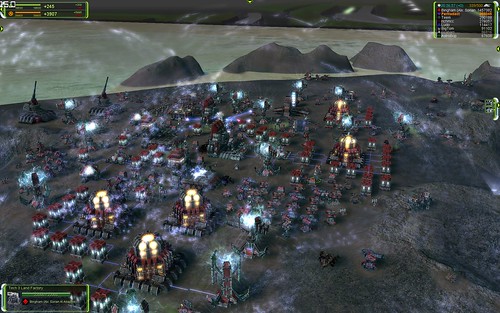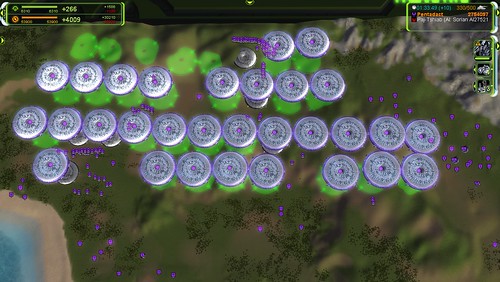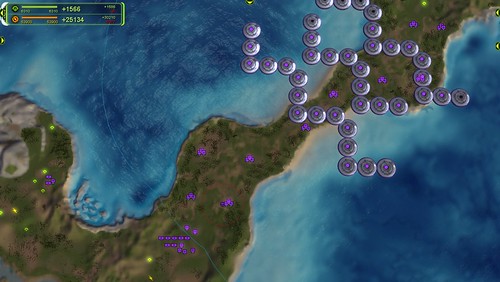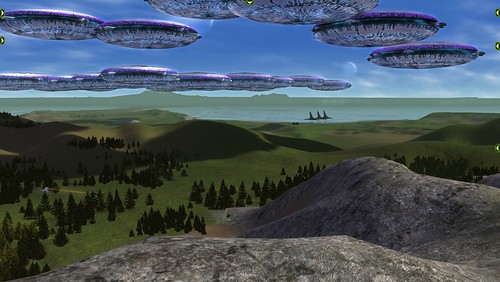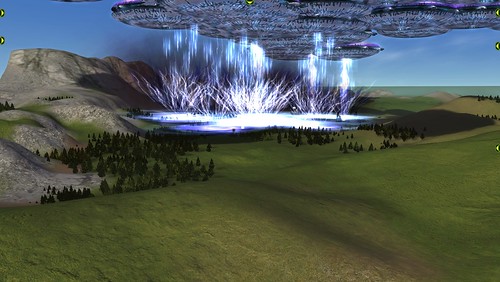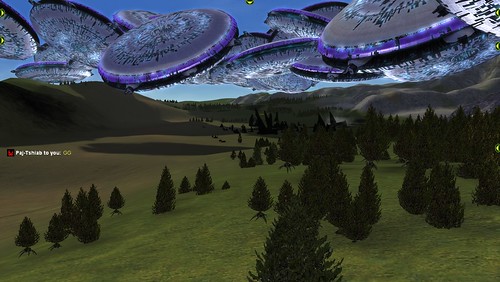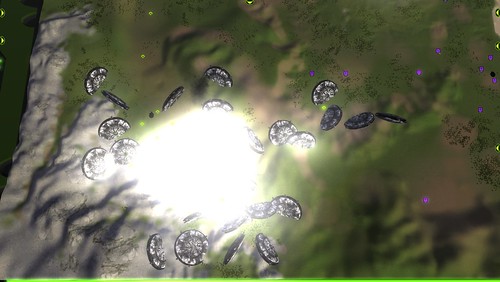TOM FRANCIS
REGRETS THIS ALREADY
Hello! I'm Tom. I'm a game designer, writer, and programmer on Gunpoint, Heat Signature, and Tactical Breach Wizards. Here's some more info on all the games I've worked on, here are the videos I make on YouTube, and here are two short stories I wrote for the Machine of Death collections.
Theme
By me. Uses Adaptive Images by Matt Wilcox.
Search
A Cheating Supreme Commander AI’s Base
If you saw our final assault on the red base in the last big PCG game, imagine that being crushed. It didn’t even take them long to rebuild. Hopefully we’ll have time to make a video of this one too.

Let Us Mumble You Through Our Supreme Commander Game
We finally got around to turning one of our many SupCom matches into a video you can watch. It’s the one written up in the latest mag, six of us versus two cheating AIs.
Supreme Commander All Czars
Sometimes winning isn’t enough. Sometimes 50 of the largest unit in the game, the Czar, is not enough. Those times, 51 Czars will generally do it.
Death beams are cool, but Czars are so huge that they can do even more damage by just falling on you. And you can manually suicide them to make that happen.
Why Graham, Rich And Jaz Should Get Forged Alliance
I was about to send an e-mail to Graham, Rich and Jaz explaining why they should get Supreme Commander: Forged Alliance and play against the AI with me sometime, then I started digging out screenshots for supporting evidence, then I realised I’d put way too much effort into this and that the shots were kinda cool.
SupCom 2 is now truly brilliant, but it’s still a different game. Here’s what’s still cool about the last one.
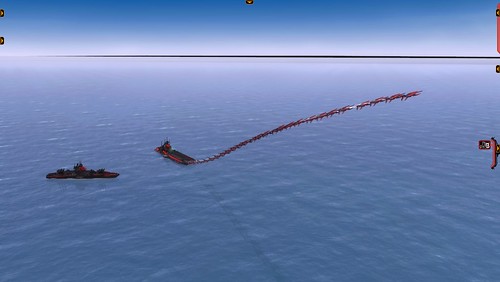 This is what it looks like when you launch fighter/bombers from an aircraft carrier.
This is what it looks like when you launch fighter/bombers from an aircraft carrier.
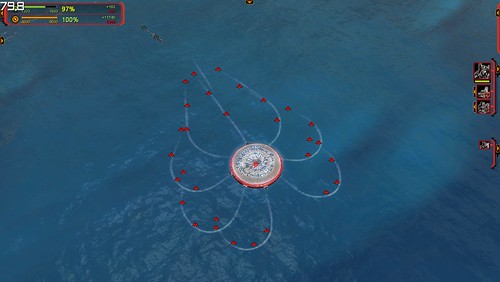 This is what it looks like when you launch torpedo bombers from an aircraft-carrying flying saucer.
This is what it looks like when you launch torpedo bombers from an aircraft-carrying flying saucer.
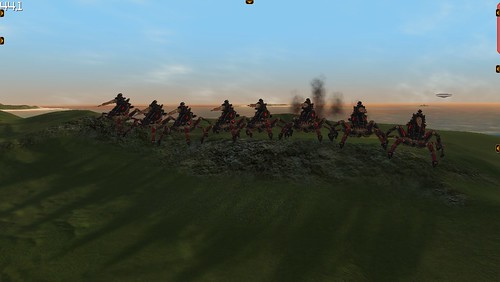 This is what a lot of Monkeylords look like.
This is what a lot of Monkeylords look like.
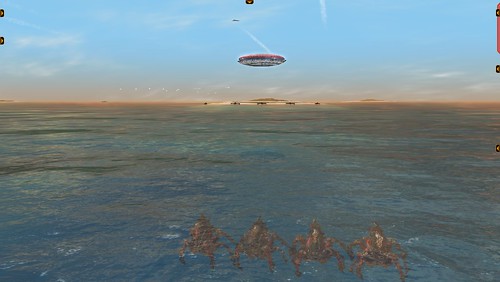 In SupCom 1, heavy shit just walks on the sea bed.
In SupCom 1, heavy shit just walks on the sea bed.
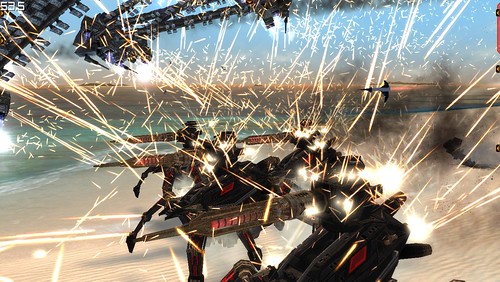 And Monkeylords don’t really care about transport fire.
And Monkeylords don’t really care about transport fire.
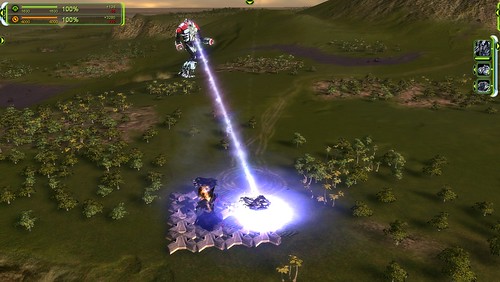 Face lasers were longer range.
Face lasers were longer range.
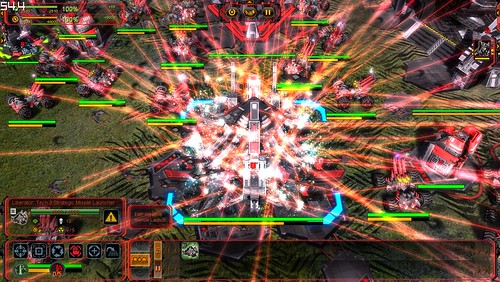 You sure could set a lot of shit to assist a thing.
You sure could set a lot of shit to assist a thing.
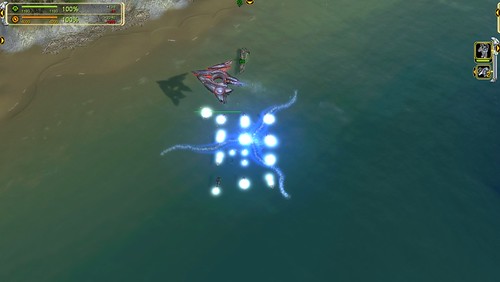 The fourth race has a bomber the size of a stadium. Those explosions? Those were battleships. That was one bomb.
The fourth race has a bomber the size of a stadium. Those explosions? Those were battleships. That was one bomb.
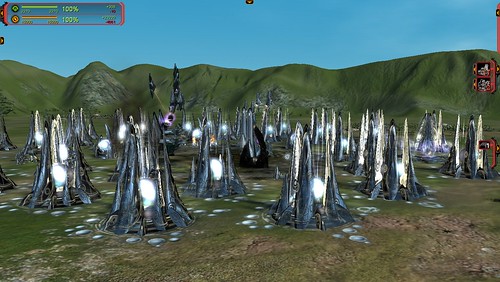 The fourth race has kind of awesome cities.
The fourth race has kind of awesome cities.
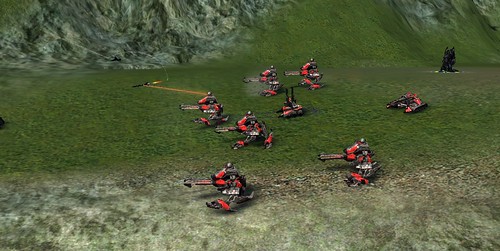 Tech 3 units are utterly badass. Here’s me discovering that Tech 3 Cybran assault bots can turn tactical missiles around mid-air.
Tech 3 units are utterly badass. Here’s me discovering that Tech 3 Cybran assault bots can turn tactical missiles around mid-air.
It’s £10 on Impulse.
Supreme Commander
Another trailer of this has just been released, mixing some new game footage with an interview with Chris Taylor. Taylor’s one of those virtuoso game designers: all zeal and vision; and it’s always a pleasure to hear him talk. He has Quentin Tarrantino’s characteristic spluttering urgency in trying to describe all the cool things he wants to tell you about as quickly as he’s thinking of them. I got an absolutely wonderful but almost entirely useless interview with him at a party in Beverly Hills a few weeks before E3, in which he spent around half the time trying to explain the hydraulics of the system by which the leader of the Cybrans – a brain in a jar – could move around his tank of preservative by thought alone. I guess a brain in a jar does everything by thought alone. But it was as hard as ever not to share his enthusiasm.
The other reason you should watch this is that I’m still convinced it’s going to be the best thing ever. Chris says it’s hard to go back to limited-zoom RTS’s after being able to back all the way up to see the full map in SupCom – he’s putting it lightly. I’ve had a headache (manifested in my middle finger) from banging my cranium against that glass ceiling ever since first seeing the game. I’m a particular fan of the long-game, in general – I play out every important phase of DEFCON in real-time, much to the ennui of my opponents, and I’m always straining against the interface of a game to put my plans into action. That’s been most of the challenge of the RTS for a long time – synchronising assaults, tending to the progress of your base and telling it what to build next, exploring the map click-by-click with your forward groups. All three of those things can be defined from moment one here, which is a brave move. What if those were the fun? DEFCON succeeds by doing the opposite – automating less, forcing you be a frontline general by doing everything yourself. But SupCom’s usability enhancements are doing something equally appealing: promoting you. A Supreme Commander cares not for caretaking work. The interface between you and the game world is now a lieutenant in your army: you tell it what you need doing, and it takes care of the particulars. It flatters you somewhat by assuming you have higher things on your mind, grander schemes.
I came late to Total Annihilation, only playing it properly when it was already ancient. What’s almost as striking as its brilliance is how little it has influenced since – the RTS took nothing from its sublime formula, ignored every innovation except its least interesting one: 3D terrain. Playing it now is like uncovering an alien artifact that fell to Earth long ago – you can’t ignore how old it is, but that doesn’t explain how it can be so far in advance of everything we’ve done so far.
